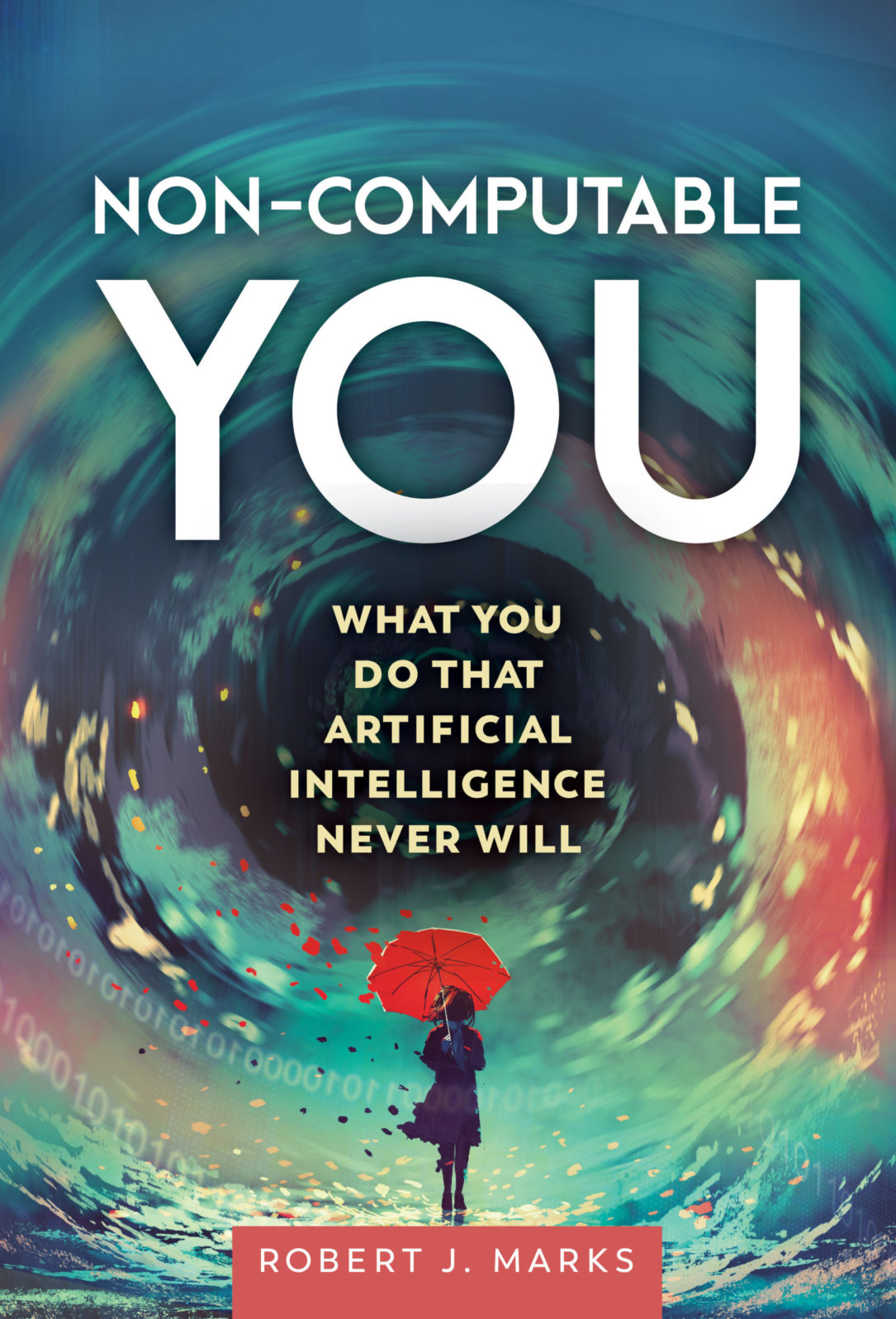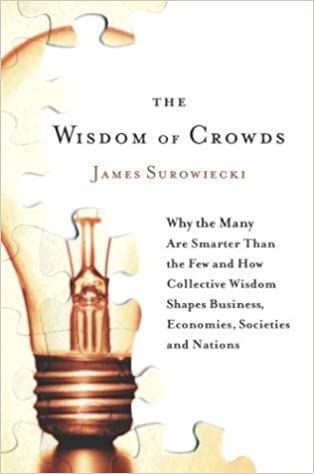Are NFTs a bubble that just popped for good?
Here is the first part of Episode 3 of the discussion between computer engineering professor Robert J. Marks and computer engineering students Adam Goad and Austin Egbert about the wild new online world. They have discussed what gives NFTs (non-fungible tokens) their value. Now, in “The NFT Anti-bubble” (August 18, 2022), they look at how NFTs are faring in the vast cryptocrater. What’s Still Selling?:
This part begins at 00:15 min. A partial transcript, notes and additional resources follow.
Robert J. Marks: We’ve talked about non-fungible tokens hitting the skids. Is this a bubble pop? Will non-fungible tokens disappear as an interesting thing in history? Or will they survive in some form? What do you think?
Adam Goad: I think that many things are not going to survive this. I think it’s a bubble pop. But I think we may have passed the peak of the technology hype curve.
The Hype Curve
Robert J. Marks: In my book, unpredictable you, [I discuss] a curve followed by new technology. I have seen this happen in many, many different areas. I’ve seen it happen in artificial neural networks. I’ve seen it happen in superconductivity. I’ve seen it happen in the Segway, for example, the human moving cart on which the actor Arrested Development ride around in.
It is inevitable that new technology will be introduced. And there’s this build-up of incredible hype. And people started exploring it and digging into it, and it’s a bubble. Eventually, people will realize the limitations of this technology and will sink into a depth of cynicism.

Control engineers and electrical engineers know that the greater the excess, the greater the deficit. And then suddenly more sensible minds start to prevail. And we find out the places where this is actually applicable, where it can be reduced to practice, where it is useful. And this is referred to as asymptote of reality.
I believe that all technology goes through this so-called hype curve – overexcitement, depth of cynicism, asymptote of reality. Right, Adam?
Adam Goad: I believe that the current market is falling off the top and going down. I don’t know where we are or how far we’ve gone yet. But I know that, even just a few months ago, towards the end of last year, the beginning of this year, anyone selling any kind of NFT would have sold out immediately and they would have made thousands of dollars.
But now people are starting to be much more particular. You are not nearly as likely to be successful selling a picture of monkeys on the internet as you would be if you had some sort of use behind your NFT…
What still works with NFTs?
So the only things people are really spending money on right now, or at least significant amounts of money, are NFTs that provide something more than just the “ownership” of the image. Another way NFTs can be used is as a marker of membership.
Robert J. Marks: A marker of membership. Okay, so my non-fungible token is membership in something. Ok, go ahead, elaborate. This is interesting.
Adam Goad: If you offered a service, a subscription maybe, just some kind of service – and you think your service can currently support 10,000 people – you could sell 10,000 NFTs and say you have to own the NFT to have access to it. So then people can also go and trade that NFT.

Robert J. Marks: Can you elaborate and give me a concrete example? 10,000 of what?
Adam Goad: The most common use right now, as the technology evolves, is actually NFT analysis tools.
There are tools that help you analyze the NFT market or crypto market and find opportunities to buy or sell and make money. The way they provide access to these is through ownership of their NFT.
Robert J. Marks: Is this something like a stock market tip?
Adam Goad: Yes. There are people who do it. In the Web3 community it is known as a alpha call. There is a whole lingo inside the Web 3 community of different things. But yes, giving tips, information about things is known as an alpha call.
Austin Egbert: As a kind of analogy of where you can take it, it’s like having a transferable software license. Let’s say I bought a license for Microsoft Windows or something. Usually it is the product key. These product keys are unique. And that’s one way I can sell my product key to someone else. I no longer have the right to use that thing, but someone else now has the right to use it. Microsoft saw no money from that transaction, because it was essentially sold second-hand. So I ended up making money on that transaction instead of Microsoft. It ends up being a similar kind of process in that sense, right, Adam?
Adam Goad: Yes. Exactly, that’s one use of it. However, I will say that there is an opportunity for the creator to get a cut of the secondary sales if you use one of the marketplaces. In the last episode we talked about OpenSea. It is the most popular marketplace. They will give a percentage fee to the creator, and the creator gets to decide what that fee is. But you can still just go through the blockchain itself and send an NFT to anyone you want with no fees going back to the creator.
Robert J. Marks: Can you give us a short list of things that should or should not be done with non-fungible tokens?

Adam Goad: Something that has been done quite successfully with non-fungible tokens – which I think may become more popular in the future – is tickets to various events. As NFTs have grown, there have been a number of conferences with people gathering to discuss the technology and such. What they do to get tickets for them, of course, is to sell NFTs.
So when they release the tickets, instead of going to the website and putting in your credit card and going through Ticketmaster or something to get the tickets, you go to their website and connect your cryptocurrency wallet and give them some Ethereum or whatever they ask for. And they will give you an NFT. This NFT is then just like all other NFTs. You may be able to sell it to someone else. Maybe you can’t go to the conference. Maybe you bought the ticket only to sell it to someone else, like we see scalpers with sporting events and such, who buy tickets only to resell them.
But it takes out the middle man, just like we talked about a moment ago. You can sell them to anyone at any price. It’s just a matter of what they’re willing to pay. So this can give people a lot more flexibility, decentralization, privacy, all of that, because their information won’t be tied to this ticket until maybe they get to the registration for the event.
An example I read about online is, what if these were the tickets to a concert with your favorite band? After the concert you would still have NFT. And then it would become memorabilia from the concert and maybe still retain its value if this was a popular band and people wanted the ticket. We see people selling tickets to popular concerts to people for nostalgia. The same can be done with NFT for the ticket.
What just didn’t work with NFTs?
Robert J. Marks: Right. So what are some things that have been a mess with non-fungible tokens that probably shouldn’t be brought up again?
Adam Goad: … trying to actually run a business through NFTs.
Robert J. Marks: Wait, run a business? How wanted you do that?
Adam Goad: These are known as Decentralized Autonomous Organizations or DAOs, people buy a share of the company… It generates a token. And the amount of token you have is the amount of ownership or voting rights in this organization. And then people can suggest actions for the organization. But for this concept to really work, they need to be fully drivable autonomously. It must be completely written in code that can be run without people interfering. So the idea of a real DAO is a company with no presidents, no CEO. It’s just an algorithm running.
Note: What is a Decentralized Autonomous Organization (DAO)? A decentralized autonomous organization (DAO) is a new form of legal structure. With no central governing body, each member of a DAO typically shares a common goal and attempts to act in the entity’s best interest. Popularized through cryptocurrency enthusiasts and blockchain technology, DAOs are used to make decisions in a bottoms-up management approach. – Nathan Rieff, Investopedia (July 11, 202)
Robert J. Marks: That seems like a terrible idea. I can’t imagine any viable organization without a central leader who is distributed.

Austin Egbert: And it sounds like the algorithm has some knobs that can be turned. And it is how to turn the knobs that is voted on by the holders of the NFTs.
Adam Goad: Yes. So the holders can propose a change in this code or an addition, a subtraction, a change, whatever it is. And then that change will be put to a vote by all the people who own the NFT, or the token, or whatever it is. And based on how much they own, they have different levels of voting rights. And if it meets whatever the defined threshold is for people supporting it, it becomes part of the DAO and is enforced.
Robert J. Marks: There is some background to this. There is a book called The wisdom of the crowd (2004) which is just a fascinating book. And it shows how crowds, many times, are more accurate in their assessment than individuals.
The classic example is trying to guess the number of jelly beans in a jar. And you’ll have all kinds of people guessing how many jelly beans are in the jar. And some are going to be off. Someone is going to be on. But remarkably, the average of these things is incredibly close to the true number of jelly beans in the jar.
Robert J. Marks: Now there are some conditions for this. One is that whoever votes for it must be disinterested. In other words, if I guess the number of jelly beans in the jar, I can’t know what the person before me guessed; otherwise it will affect me. So it must be disinterested.
And you’re saying, Adam, that these DAOs haven’t been too successful?
Next: Why didn’t decentralized organizations work in the crypto world?
Here is part 1 of episode 1: Why do some tech moguls dislike Web3, the new Internet? Web3 is a decentralized, less controlled version of the Internet, as George Gilder predicted in Life After Google. However, some developers want to go further and make Web3 a virtual reality that our avatars can live in, like in the movie Ready Player One.
And part 2: What is really happening with Bitcoin and other cryptos? For example, how will miners make money when all bitcoins are mined? Robert J. Marks, Adam Goad and Austin Egbert discuss what we hope is NOT the metaverse future, along with where Bitcoin and NFTs are headed.
Here is part 1 of episode 2:
When you buy a non-fungible token (NFT), what do you own? You buy someone’s digital idea. Exactly what legal rights the NFT gives is an open question. But the NBA is selling them now… Iconic photos are sweeping the internet. With NFTs, a collector can say: I OWN that meme! Robert J. Marks and other engineers ponder what “own” means here.
And part 2: What gives NFTs (non-fungible tokens) their value? But first, a trip through the seamier side of the internet, largely supported by the very blockchain that creates NFTs. If computer engineering professor Robert J. Marks wanted to market his comics as NFTs, what would he do? What would it cost? Adam Goad explains.
You may also want to read: How can non-fungible tokens (NFTs) be made to work better? Bernard Fickser offers twelve steps for dealing with NFTs in a way that avoids cryptocurrency-based blockchains and works on regular online marketplaces like eBay. In Fickser’s view, NFTs can work if they avoid self-serving cryptocurrency blockchains like Ethereum and enable real-world legal transfers of ownership.
Additional resources
Download podcast transcript


